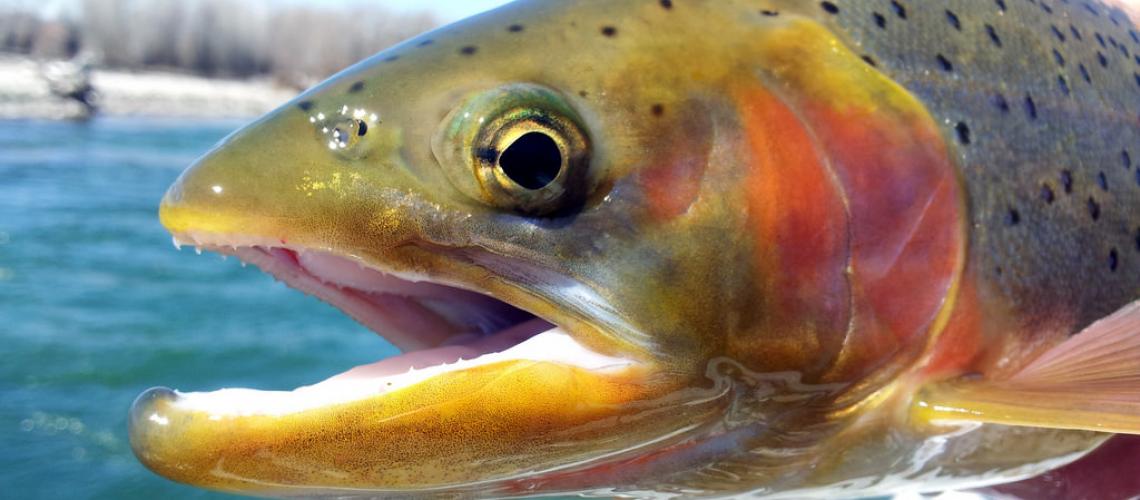The changing distribution of fish in Pocetello, Idaho

Complex research questions often require complex or sometimes difficult to acquire data. Researchers from Idaho State University faced such a question when they sought to understand the changing distribution of fish populations near Pocatello Idaho in the Portneuf River Drainage. They could easily determine where fish are located now, but how would they map where fish occurred in the past?
Their first stop was to the Idaho Museum of Natural History, where they where given access to fish specimens. Fish collections at the museum go as far back as 1957. Researchers and ichthyology classes donated specimens to the museum, along with field notes. Those field notes were the key to locating those long preserved fish. Had this unique dataset been overlooked, it would have been very difficult to answer their research question.
The value of long-term data storage cannot be understated, particularly when we are trying to understand the impacts that humans have had on natural populations. If we don't have an accurate picture of the past, it is hard to plan for the future.
The Portneuf Drainage is 3,434 square kilometers located in the Northern Basin and Range Ecoregion in Southeastern Idaho. The Portneuf River (156 kilometers in length) is the main channel within the basin and has been highly modified by a dam to form Chesterfield Reservoir, channelization, diversions for irrigation, and flood control structures.
This dataset is part of the larger Managing Idaho’s Landscapes for Ecosystem Services (MILES) study, an NSF/EPSCoR funded project to understand the impact of climate change and urban growth on social and ecological systems and services in mid-sized cities in Idaho. This information will be used to develop distribution models for each species to gain a more complete picture of where fish are distributed within the Portneuf Drainage and what environmental factors are influencing fish distribution.
